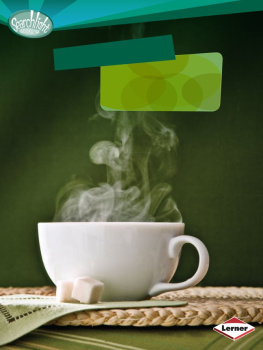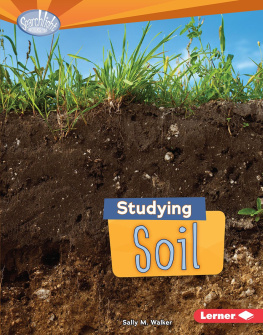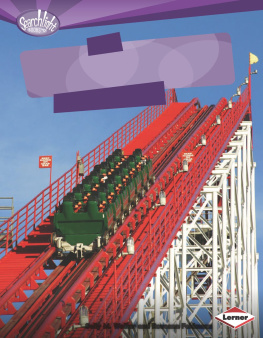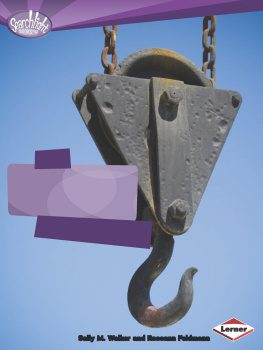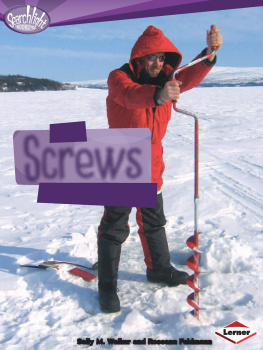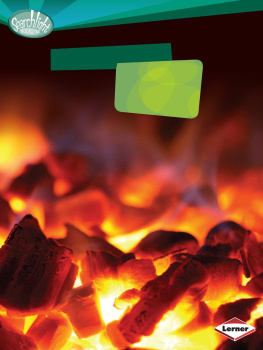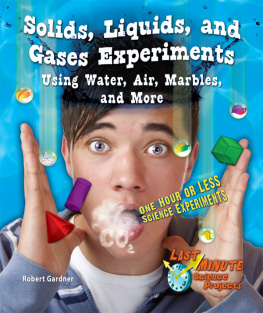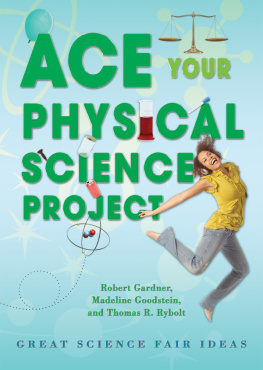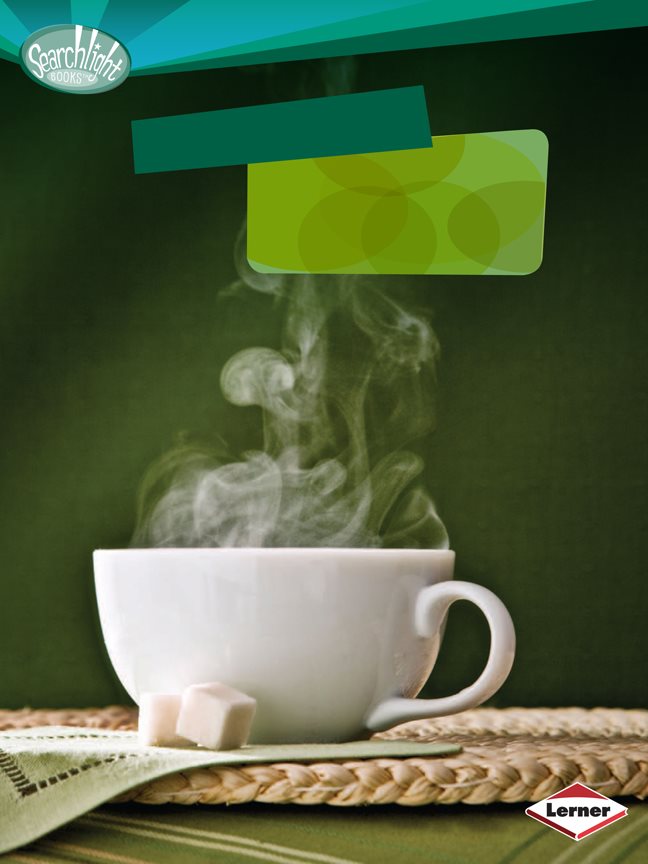Sally M. Walker
Authors note: The experiments in this book use the metric measurement system, as thats the system most commonly used by scientists. Copyright 2012 by Sally M. Walker All rights reserved. International copyright secured. No part of this book may be reproduced, stored in a retrieval system, or transmitted in any form or by any means electronic, mechanical, photocopying, recording, or otherwisewithout the prior written permission of Lerner Publishing Group, Inc., except for the inclusion of brief quotations in an acknowledged review.
Lerner Publications Company A division of Lerner Publishing Group, Inc. 241 First Avenue North Minneapolis, MN 55401 U.S.A. Website address: www.lernerbooks.com Library of Congress Cataloging-in-Publication Data Walker, Sally M. Investigating Matter / by Sally M. Walker. cm. (Searchlight booksHow does energy work?) Includes index. (Searchlight booksHow does energy work?) Includes index.
ISBN 9780761357766 (lib. bdg. : alk. paper) 1. MatterConstitutionJuvenile literature. 2.
Change of state (Physics) Juvenile literature. I. Title. QC173.16.W35 2012 530dc22 2010040261 Manufactured in the United States of America 1 DP 7/15/11
Contents
Chapter WHAT IS MATTER? Everything around you is made of matter. Matter can be soft or hard. Matter can be any color.
It can even be invisible. Everything in your classroom is made of matter. What are the three states of matter?
Matter takes up space. It can be weighed. Solid objects are made of matter. So are liquids like water and gases like air.
Solids, liquids, and gases are the three states of matter. All matter takes up space and can be weighed.
Matter has mass. Mass is the amount of matter an object is made of. A lot of mass is harder to lift than a small amount of mass.
Prove It! Find an empty jug and a water faucet.
Prove It! Find an empty jug and a water faucet.
The jug looks empty. But it is filled with matter. Can you guess what the matter is? Its air. Air takes up space inside the jug. But the air doesnt have much mass. Its easy to lift the jug.
Air doesnt have much mass. A jug filled with air is easy to lift.
Fill the jug with water. The space inside the jug is the same as before. But it is much harder to lift the jug now. Thats because the matter inside it has more mass.
Water has much more mass than air. Matter is made of tiny particles called atoms. Billions of atoms can fit on the period at the end of this sentence. A jug filled with water is much harder to lift than a jug filled with air.
Atoms and Molecules Atoms can join together to form groups called molecules. Molecules are bigger than atoms.
But millions of molecules would still fit on a period. Molecules are always moving. Some molecules have a lot of space around them. They can move freely. Other molecules are packed tightly together. They still move, but not as freely.
Prove it with this experiment. A WATER MOLECULE oxygen atom oxygen atom hydrogen atom hydrogen atoms Hydrogen and oxygen are two kinds of atoms. Two hydrogen atoms and one oxygen atom combine to form one water molecule.
Experiment Time Stand in a big room with two friends. Spread your arms like airplane wings. Pretend to fly around the room.
You have plenty of space. It's easy to fly without bumping into your friends. Molecules with lots of space around them don't bump into one another very often. These kids are pretending to be molecules that have a lot of space around them. They can move without bumping into one another.
Put your arms at your sides.
Stand as close to your friends as you can without touching. You are packed tightly together. You cant spread your arms without hitting one another. But you can still move. You can shake or jump up and down. When you all move at once, you may bump into one another.
Tightly packed molecules move the same way. If you stand very close to your friends, you cant move much without bumping into one another.
Chapter TAKING UP SPACE All matter takes up space. The amount of space that an object fills is called its volume. To find the volume of an object, you must know its length, width, and height. The volume of a solid is measured in cubic units, such as cubic inches or cubic centimeters.
A cubic unit includes length, width, and height. Matter takes up space. What do we call the amount of space that an object takes up?
A solid objects volume always stays the same. You can move the object or break it into pieces. But it still takes up the same amount of space. You can prove this.
You will need twenty- seven cubes of sugar. Sugar cubes are solid matter. Each sugar cubes volume is about cubic centimeter.
Experiment Time Again Put the cubes in a line on a table. Each cube is about centimeter long. So the length of the sugar line is centimeters.
But this measurement doesnt tell you the sugars volume. You need two more measurements. Can you guess what they are? Make a long, narrow line out of the twenty- seven sugar cubes.
To find the volume, you must also know the width and height of the sugar line. The width is centimeter. The height is also centimeter.
Now you have all the measurements you need. First, multiply the width of the line by its height. = Then multiply your answer by the lines length. = So the volume of the long, narrow line of sugar is cubic centimeters. THE VOLUME OF THE SUGAR LINE height = centimeter length = centimeters width = centimeter volume = cubic centimeters To find the volume of the sugar line, multiply the width of the line by its height.

